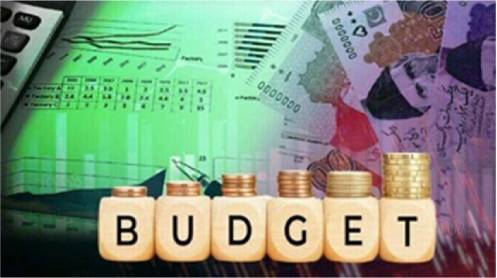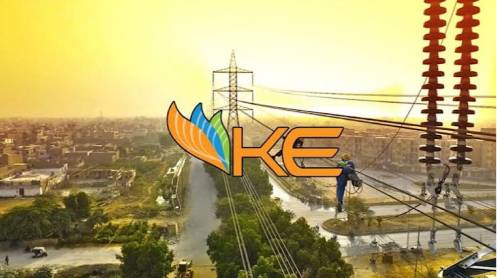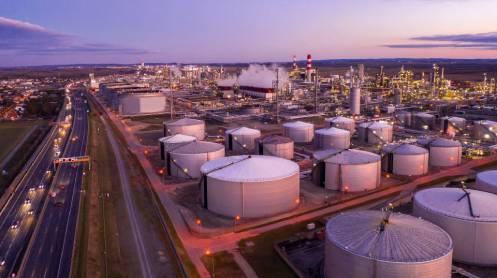KARACHI: The Sindh government has announced a substantial development outlay of Rs959.1 billion for the fiscal year 2024-25, marking a 30.5% increase from the current year’s Rs735 billion.
In his budget speech, Chief Minister Syed Murad Ali Shah highlighted that the Annual Development Programme (ADP) would focus on the completion of ongoing projects from the past decade, with no new schemes introduced for FY25.
Development Allocation Breakdown:
Provincial ADP: Rs493 billion (29.7% increase from Rs380 billion in FY24)
District ADP: Rs55 billion
Foreign Project Assistance: Rs334 billion
Federal PSDP Schemes: Rs76.9 billion
The estimated current revenue expenditure for FY25 is Rs1,912.4 billion, a rise from Rs1,411 billion the previous year, attributed to inflationary impacts, increased grants to non-financial institutions, salary raises for government employees, and higher pension expenditures.
Ongoing Schemes and Allocations:
Total Ongoing Schemes: 4,250 with Rs305.49 billion allocation
Unapproved Schemes: 395 with Rs92.87 billion allocation
Fully Funded Schemes for Completion by June 2025:
Schemes with over 70% expenditures: 552
Schemes with throw-forward less than Rs50 million: 849
Small-nature schemes: 858
Sector-Specific Allocations:
Education Sector: Rs32.163 billion (up from Rs13.82 billion)
Transport and Communication Sector: Rs60.4 billion (up from Rs2.2 billion) for hybrid buses in Karachi and other major cities
Local Government (Water, Sanitation, Roads): Rs71.959 billion (up from Rs15.7 billion)
Public Health Engineering (Water and Sanitation): Rs22 billion (up from Rs3.26 billion)
Health Sector: Rs18 billion (up from Rs2.72 billion)
Energy Sector Highlights:
The energy sector is expected to receive significant attention, focusing on sustainable development and completion of critical infrastructure projects to address the province’s energy needs.
The strategic allocation of funds reflects the government’s commitment to completing longstanding projects and prioritizing essential sectors, including education, transport, health, and energy. This balanced approach aims to enhance the province’s infrastructure and service delivery, fostering overall development.





